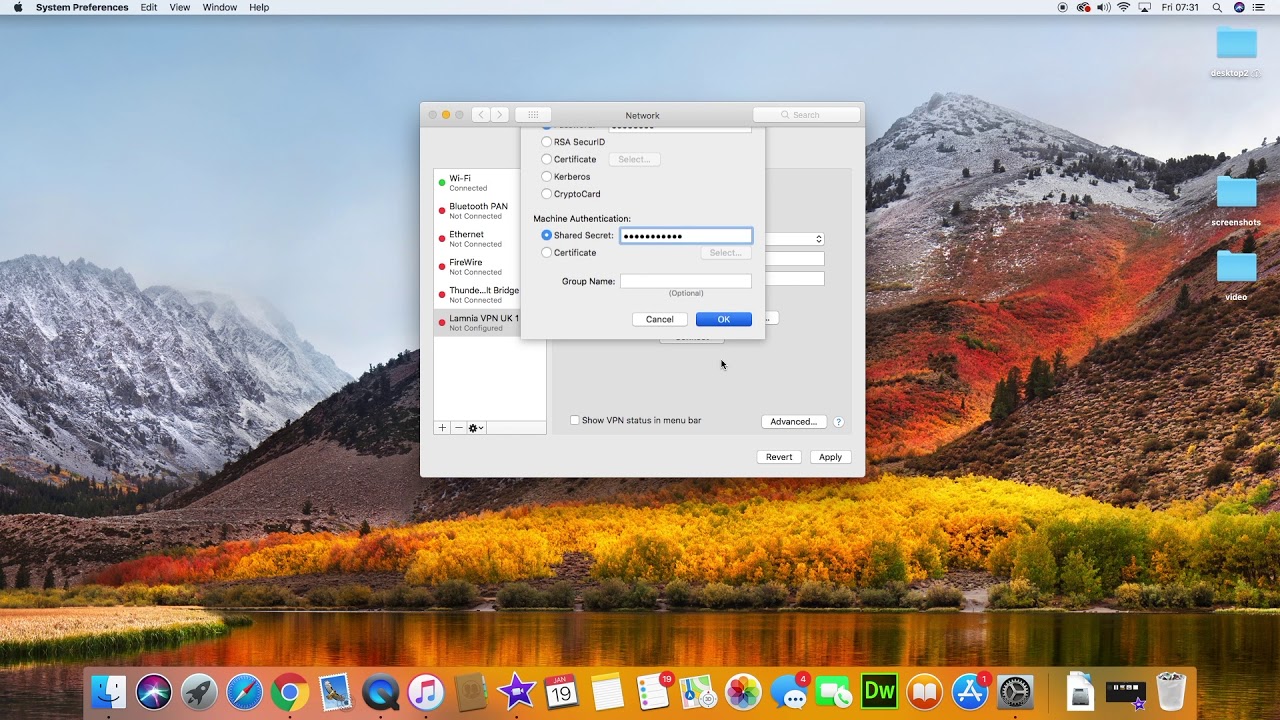

- #MAC MOVE FILES OSSIERRA MAC OS#
- #MAC MOVE FILES OSSIERRA INSTALL#
- #MAC MOVE FILES OSSIERRA SOFTWARE#
- #MAC MOVE FILES OSSIERRA CODE#
If you type echo $PATH in a terminal, and /usr/local/bin is first, then you can ignore everything below about changing your $PATH. The default $PATH variable for a regular user looks like this: /usr/bin:/bin:/usr/sbin:/sbin:/usr/local/bin:/usr/X11/binīy putting /usr/local/bin after /usr/bin and /bin, Mac upends the usual system. Normally, you can put something into /usr/local/bin (say a second Perl interpreter, compiled in some non-standard way), and then a regular user will hit the custom one rather than the system-wide one first. Users can get variants, but the system stays pure. Given Apple’s default $PATH, however, items in /usr/bin or /bin will get found before anything in /usr/local/bin.

(This basically defeats the purpose of installing, e.g., the custom Perl in /usr/local/bin.) To fix this, you can change the regular user's $PATH by editing the. profile file in the user's home directory.

(That file may not exist, if you have a brand-new install. Semi-related: Homebrew provides excellent package management for Macs.
#MAC MOVE FILES OSSIERRA SOFTWARE#
Mac move files ossierra software#īy default, Homebrew installs software into /usr/local, but it does so in a way that makes it very easy to remove things and return to a vanilla state later.
#MAC MOVE FILES OSSIERRA INSTALL#
If you use MacPorts, it's worth adding /opt/local/bin and /opt/local/sbin as well.Įxport PATH=/usr/local/bin:/usr/local/sbin:/opt/local/bin:/opt/local/sbin:$PATH usr/local/bin and /usr/local/sbin are well worth adding to your path, as a lot of makefiles for source builds are defaulted to install there. bashrc file in your home directory (which is hidden, so the CLI is the best way to to do this), or, if you want to change the system wide path, add the same line to /etc/bashrc (not hidden), but you will need to sudo to do this. The $PATH at the end appends the system default path to whatever you put before.īashrc in any user's home, you can make one and add this line to it, but remember to change the permissions on the file you create to make it readable by the user in question (obviously not relevant if you're doing it for your own profile). Note that the system searches for binaries in the order of paths given, so if you install a binary in /usr/local or /opt/local that is also installed by default on the system, the versions you install will be found first, which can (though rarely) upset things. I should note that the above assumes you are using Bash for the shell, which is the default on Mac OS X v10.4 (Tiger) and Mac OS X v10.5 (Leopard), but not on earlier systems, which used tcsh instead, which has a different syntax.The errors that occur with a Mac are mostly few and far between, but when they occur one thing is for certain, the error is most definitely vague. The error, known as ‘-36’, or “ The Finder can’t complete the operation because some data in “FileName” can’t be read or written.
#MAC MOVE FILES OSSIERRA CODE#
(Error code -36)” happens when you’re trying to copy files from one location to another, like say a memory card to your hard drive.Īlthough it could happen to any file, the main cause is to do with invisible.
#MAC MOVE FILES OSSIERRA MAC OS#
The “dot-underscore” are companion files that Mac OS X’s HFS+ filesystem creates for files when they get moved to FAT16 or FAT32 volumes, AKA thumb drives. These hidden files contain extra information, like which holds metadata like icon images and files. The problem can arrive when moving files from a Windows-compatible volume to a Mac and then back again, resulting in the dreaded “Error Code -36″.


 0 kommentar(er)
0 kommentar(er)
